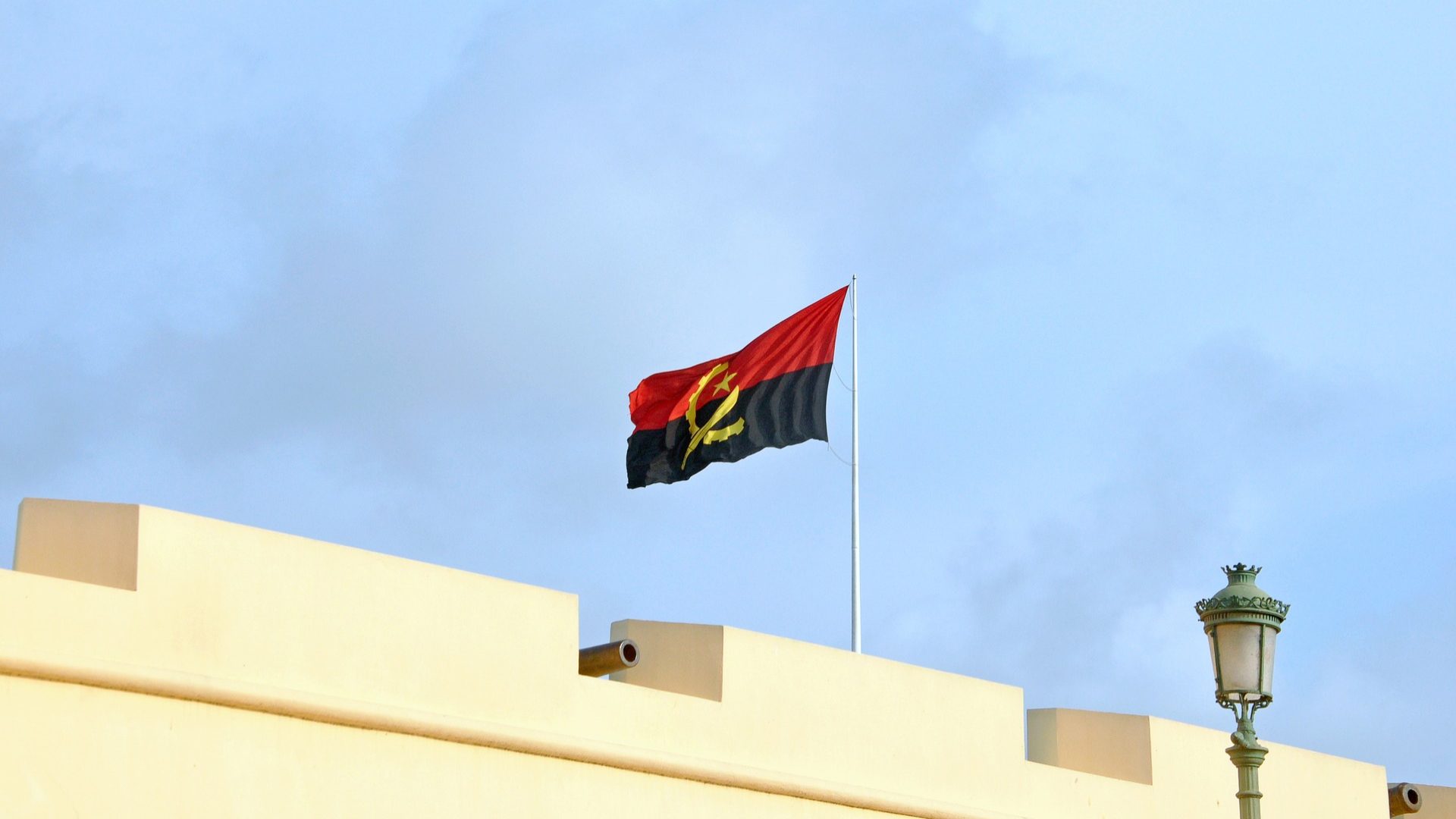2021 crop, livestock production expected to rise 10.1%, 1.4% respectively
The volume of crop and livestock production is expected to increase by 10.1% and 1.4%, respectively, according to estimates released this Monday by INE.
The volume and prices of crop production are expected to increase by 10.1% and 5.8%, respectively, this year, while livestock production is expected to see a rise of 1.4% in both volume and basic prices, Statistics Portugal (INE) forecasts.
According to the first estimate of the Economic Accounts for Agriculture (EAA) released Monday by INE, the income generated by agricultural activity in Portugal should increase by 11.1% in 2021, compared to 2020, driven by increases in Gross Value Added (GVA) and ‘other production subsidies’.
For the positive nominal development of 16.5% expected for crop production in 2021, INE said that “the developments observed in vegetables and fruit” were “determining factors.
Estimates point to a 6.9% volume increase in cereal production, as a result of increases in maize and rice (+5.0% and +30.0% respectively).
“The cereal season was good, with prices having registered a significant increase (+23.1%), where the rise in the price of corn (+36.4%) stands out, in line with the evolution of prices on international markets,” notes INE.
With regard to fodder plants, increases in volume and price are estimated (+5.0% and +9.9%, respectively), “as a result of weather conditions, which allowed for the development of pastures and an increase in the biomass of most crops intended for livestock feed.
With regard to vegetables, an increase in volume (+9.5%) is expected, which INE says reflects “mainly the development of fresh vegetables, particularly tomatoes for the industry”, which “should register an increase in volume of 25.0%” and “historically high unit yields”.
For plants and flowers, an increase in volume is also expected (+2.8%), after an adverse year for this sector, penalised by the pandemic situation.
As for price, an increase is estimated for all vegetables and horticultural products (+2.8%) in 2021.
In potatoes, increases in volume and price were observed (+4.6% and +9.9%, respectively), as opposed to 2020, when the closure of the Horeca channel (hotels, restaurants, cafes) and the decrease in exports contributed to a sharp decline in transactions and, consequently, in price (-19.3%).
With regard to fruit, a “high increase” in production volume is expected (+14.5%), to which most types of fruit contributed, with apple (+20.0%), pear (+40.0%), cherry (+200.0%, the most productive season in the last 35 years), almond (+20.0%, the highest production in the last two decades), tropical fruit and olive (+31.4%, with the highest productivity in the last 30 years) being the most significant contributions.
With regard to fruit prices, “an increase (+8.7%) is expected, to which apples, kiwi fruit, small berries, chestnuts and avocados especially contributed”, while cherries “registered a sharp price decrease (-37.5%) as a result of exceptional production in volume”.
For wine production, an increase in production in volume is forecast (+5.0%), while for Olive Oil, “a significant increase in volume is expected (+20.5%), as a result of the excellent olive production of the current season (2020/2021) which more than compensated for the reduction in production of the previous season (2019/2020)”.
For animal production, the estimate is for a nominal increase of 2.9% compared to 2020, as a result of the increase both in volume (1.4%) and in basic prices (+1.4%), highlighting the production of cattle, sheep and goats, poultry, milk and eggs as “determining factors for that evolution in nominal terms”.
With regard to bovine animals, an increase in volume is expected (+6.3%), as a result of increased slaughterings, both of calves and adult cattle, and a slight decrease in basic prices (-0.4%).
For sheep and goats, increases in production volume and price are forecast (+10.5% and +5.4%, respectively), as a result of higher slaughterings of both young and adult animals.
According to INE, “these increases reflect, to a large extent, the recovery from the disposal difficulties experienced by this sector in 2020, as a result of Covid-19”.
In poultry, “a marginal increase in volume (+0.1%) and a more pronounced growth in price (+7.5%) are expected, with chicken and hen contributing to this increase.
In contrast to the other animal species, pigs should decrease in volume (-0.2%) and in price (-6.1%).
According to INE, “production shows some recovery from the impact of the pandemic, especially in the piglet meat sub-sector, particularly affected by the closure of restaurants.
However, and “despite the good outlook at the beginning of the year, increased exports, lower imports of pork by China and the appearance of outbreaks of African swine fever in Europe led to an increase in the supply of pork in Europe, mainly by large producers.
“This fact, combined with a general reduction in demand as a result of the pandemic, led to a drop in price at European level”.


